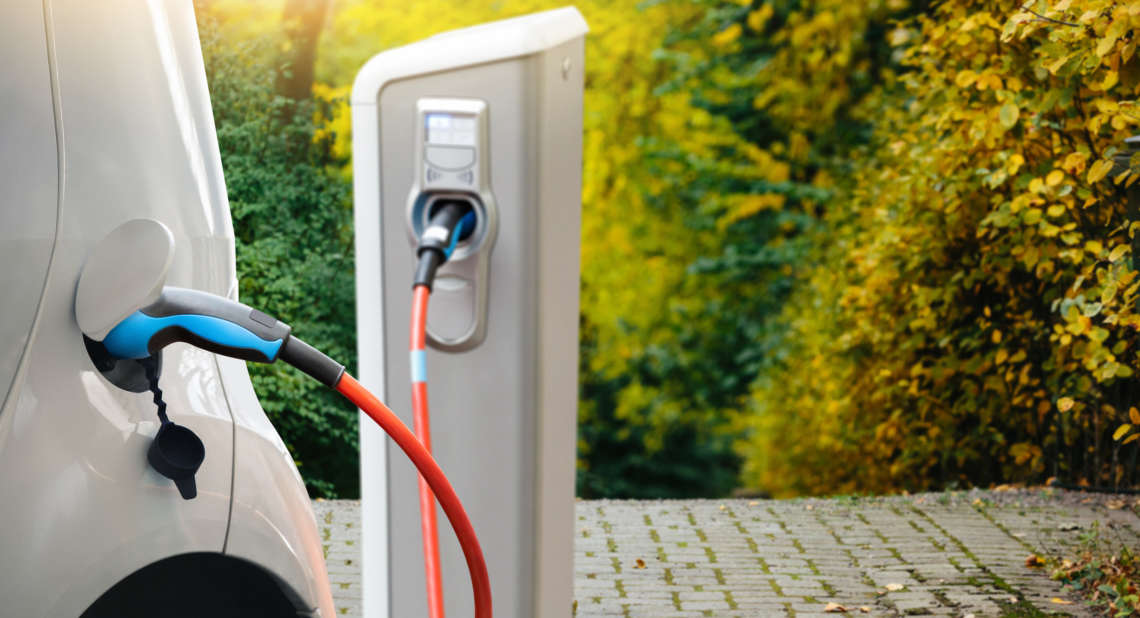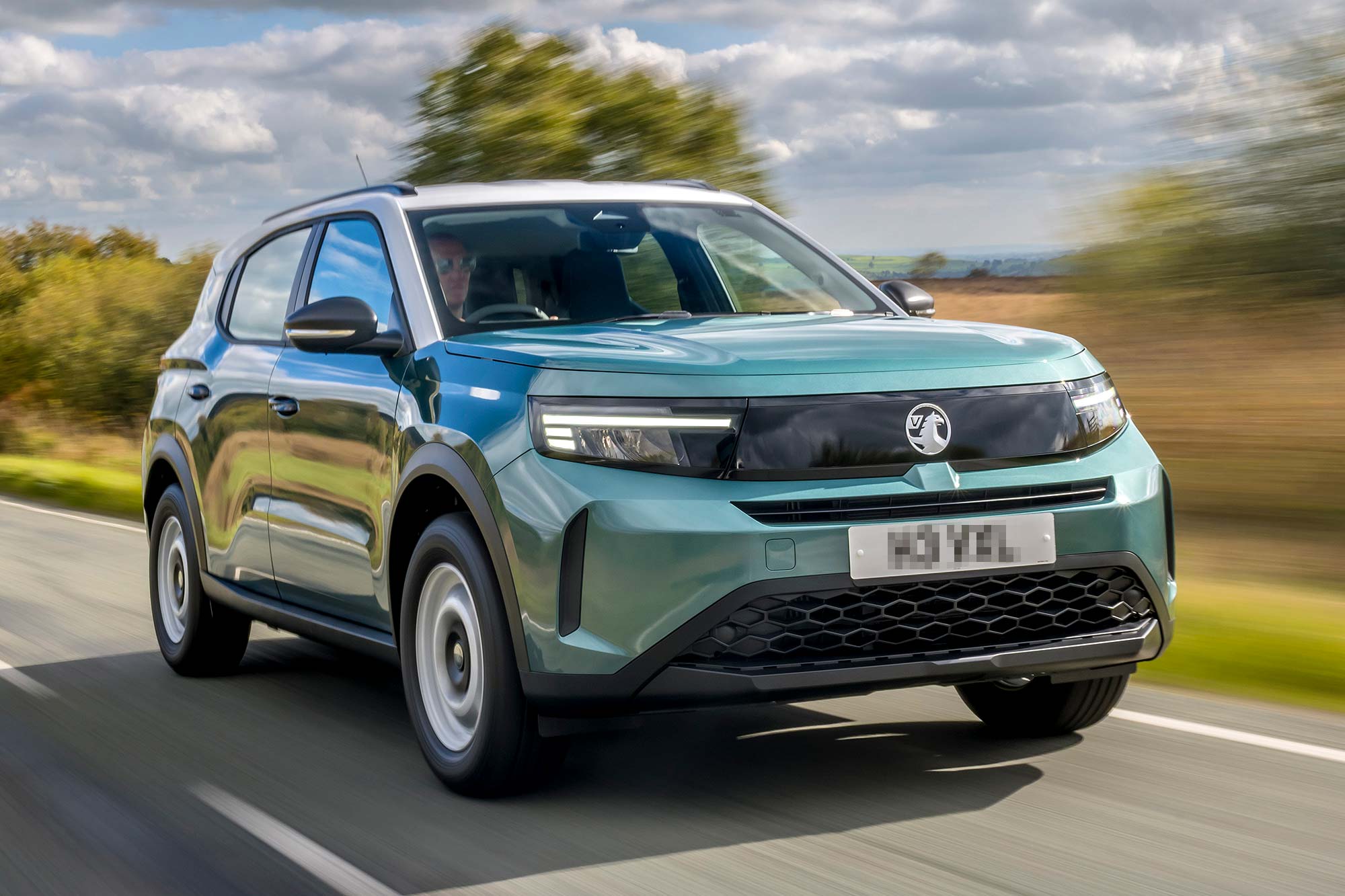With the upcoming ban on new petrol and diesel cars, many people are making the switch over to electric vehicles. But just how eco-friendly are they? Nick Harper takes a look at the environmental impacts of electric cars here.
When it comes to the environment, many of us — people, businesses and governments — are looking at ways we can be ‘greener’. We all want to reduce our carbon footprint where possible, and switching out a petrol or diesel car for an electric alternative can certainly help.
But how green are electric cars really? In this article, we’ll explore the environmental impacts of electric vehicles (EVs) and how they stack up against their fossil-fuelled counterparts.
The environmental benefits of electric cars
If you’re asking whether electric vehicles are better for the environment than petrol or diesel cars, the answer is a definite yes. Although there are still improvements to be made, the fact remains that fully electric cars don’t emit greenhouse gases while you drive them.
Because fully electric cars don’t contribute to the build-up of air pollutants in big cities, you are even allowed to drive them in low-emission zones.
However, it can get a bit complicated when you start looking at the whole production cycle. Manufacturing an electric car does still emit significant levels of CO2, although this should be considered within the context of an EV’s overall lifecycle. To explain this, let’s break it down into three key stages:
1. The manufacturing stage
While electric cars are better for the environment over the entirety of their lives, they can create more emissions than other vehicles during the manufacturing process. This is down to the production of their bigger, heavier and more complex batteries. These batteries rely on raw metals such as lithium and cobalt, which require more energy-intensive extraction.
However, there is definite progress being made. Lithium is also needed for other everyday gadgets such as mobile phones and laptops, and therefore there is significant research being done to improve its sustainability. Modern extraction techniques which use geothermal energy could be one solution, for example. When it comes to cobalt, scientists around the world are already testing ways to create cobalt-free batteries.
As for the energy required to manufacture the cars, one solution could be to use renewable energy sources to power the process. This is something that manufacturers across the globe are already beginning to do.
2. The driving stage
Unlike petrol and diesel-fuelled vehicles that have internal combustion engines, electric vehicles run on electricity. As they don’t burn fossil fuels when in use, there are no carbon emissions (CO2)
polluting the atmosphere. Compare this to a medium-sized family car powered by fossil fuel, which
creates around 24 tonnes of CO2 during its lifetime, with only 23 percent of those emissions created during the production process, and most of the remaining 77 percent when they’re driven.1 For context, for the capture of a single tonne of CO2, 50 trees must grow for one year.2
An EV creates 19 tonnes of CO2 over the course of its life, but a far higher proportion (46 percent) of its emissions come during production. Right now, 54 percent of an EV’s emissions come after production, most significantly through charging the battery, but that percentage is falling year on year.
If the electricity that powers an EV is produced by a power plant burning fossil fuels, this will have a negative impact on the environment. However, you can minimise your individual carbon footprint by opting for renewably sourced electricity. There are energy companies that source 100% of their electricity through renewable resources, and the government have announced their plans to significantly increase the UK’s offshore wind capacity by 2030. This means that as energy production becomes greener, the environmental impact of driving an EV will reduce even more.
3. The end-of-life stage
Good to know
On the Motability Scheme, customers can lease a brand-new vehicle by exchanging part or all of their qualifying mobility allowance.
Electric vehicle batteries typically last around eight years and 100,000 miles.3 When an EV battery drops below 80% of its capacity, the battery is likely to be replaced to ensure the vehicle continues performing well. Naturally, this means a lot of EV batteries will be used and replaced. It’s been estimated that almost 13 million tons of EV lithium-ion batteries will be retired between 2021 and 2030.4
Unlike the recyclable lead-acid batteries found in traditional cars, there is no single, standardised process for recycling EV batteries. EV batteries are made up of hundreds of individual lithium-ion cells that contain hazardous materials and need to be very carefully disassembled. Current estimates suggest that only 5% of lithium-ion batteries are recycled globally.5 As the number of EVs on the planet increases – to a predicted 145 million by 2030 – the number of batteries that will need to be recycled increases too.
The good news is that many organisations are working on solutions and methods to recycle EV batteries. Recycling capabilities are improving, and there is an increasing economic incentive for manufacturers to recycle the batteries from their EVs – as well as using recycled materials during the manufacturing process too. By the time that brand-new EV batteries reach the end of their lifecycle, there will hopefully be new technologies in place to help dispose of them sustainably.
Heading in the right direction
While electric vehicles do have an environmental impact, they are a much greener alternative to standard combustion cars. They also have great potential to become significantly greener – unlike petrol and diesel cars, which are due to be phased out in the near future.
Most countries have moved – or are moving – away from harmful coal plants and towards a mix of natural gas, wind and solar power that create far lower emissions. It’s been predicted that as power grids become greener, the average ‘carbon intensity’ of electric vehicles will be 20 percent lower in 2030 than it was in 2015, and 30 percent lower by 2050.6
Building battery factories closer to home will also have a huge benefit, as will finding ways to more effectively recycle and reuse EV batteries. Rather than send them to landfill, an increasing number of manufacturers are finding ways to recycle their materials so that they can be used in the production of new batteries or used in other industries – giving EV batteries second and even third lives.
The cars of the future
Demand for electric cars has increased significantly in recent years. The UK saw EV sales jump by 186 percent between 2019 and 2020, and this growth looks set to continue. The government have already announced the ban on new petrol and diesel cars by 2030, as part of their aim to reduce carbon emissions to ‘net zero’ by 2050.
In response, a number of car manufacturers7 have committed to producing a wider range of electric vehicles in the coming years. And while EV technology will continue to improve over the next few years, it’s clear that the future of motoring is electric.
How can I find an electric car on the Motability Scheme?
To join the Motability Scheme, you must be in receipt of a qualifying mobility allowance – you can use our Eligibility Checker to find out whether you’re eligible.
If you want to find out which electric cars are available on the Scheme, you can take a look here.
Ican view the range of fully electric cars by ticking the ‘Electric’ box under ‘Fuel Type’ in the Car Search tool.
Search the full range
Use our Car Search tool to tailor the choice of cars available on the Scheme to your specific needs. The ‘advanced search’ function lets you narrow down choices to your exact requirements, including Advance Payment, brand, individual model, body style, fuel type, fuel consumption, number of seats – even whether it’s eligible for younger drivers.
Related articles
Electric cars available on the Motability Scheme 2021
EV street charging: a user guide
Watch our guide to alternative fuels and the different electric and hybrid vehicle types
Sources
1. Low Carbon Vehicle Partnership
3. Car Magazine
4. Greenpeace
5. BBC Business
7. Forbes
![]()








